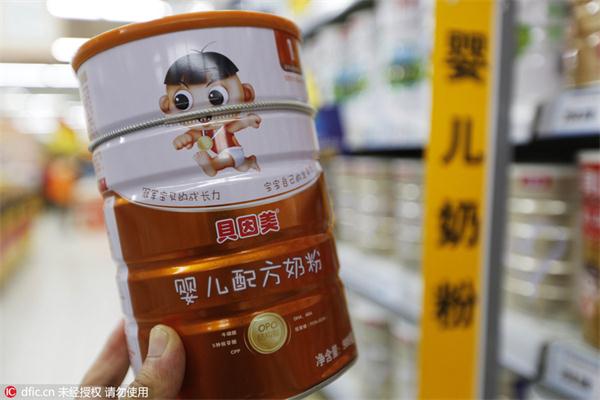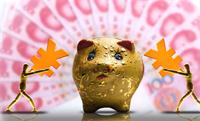Milk powder scandal result of lax supervision
(China Daily) Updated: 2016-04-08 07:58
 |
|
Beingmate milk powder is sold in a supermarket in Lianyungang city, jiangsu province. [Photo/IC] |
LAST SEPTEMBER, police in Shanghai municipality found that several suspects produced over 17,000 tubs of counterfeit milk powder bearing the labels of well-known domestic brands, which were sold in seven provinces and municipalities. Beingmate was recently reported to be involved in the scandal. It is time to strengthen the food safety regulation system, comments China Daily writer Zhang Zhouxiang:
After the 2008 scandal, in which excessive melamine was found in domestically produced milk powder, authorities said they were strengthening their supervision over dairy products. This new scandal belies their words.
Behind the large quantity of counterfeit milk power produced there must be a complete illegal industry. Had the watchdogs performed their duty even a little, how could such an illegal industry flourish?
The China Food and Drug Administration said on Tuesday that the false milk powder "meets food safety standards" but violates intellectual property rights. On Thursday they said what they meant by that was consumers should not panic even if they have bought the false milk.
Maybe they mean to reassure consumers, but by saying this they did the opposite because their words were easily misunderstood. They need to take action; that is the only way to prevent panic.
With an increasing number of sales channels, false products are a growing challenge. If the law enforcers continue to neglect their duty, consumers will continue to lose trust in the domestic dairy industry.
It is hard to believe such illegal activities could survive in any society with the rule of law. The law enforcers must perform their duty instead of waiting for problems to be exposed.
Stricter regulations are also needed, so that people can trace the producers of the milk powder they give their children.

I’ve lived in China for quite a considerable time including my graduate school years, travelled and worked in a few cities and still choose my destination taking into consideration the density of smog or PM2.5 particulate matter in the region.











